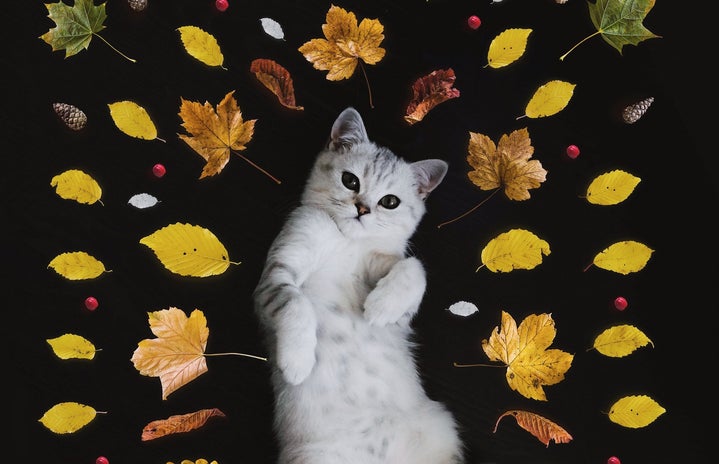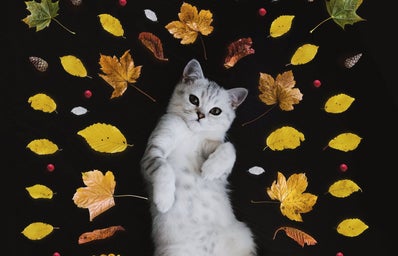On August 18, 2019, I adopted my very own terrible daughter. Her name is Miss Lady Emma, and I love her with all my heart.

Luckily, I was introduced to pine pellet bedding soon after, and it’s changed the game.
There are many variations of this kind of litter, sold under different names and brands, but they are all essentially the same. Sawdust from the lumber industry is saved, compressed into tiny pellets, and sold in 40 lbs. bags that retail for $5.99 at my local Tractor Supply. Typically, it’s used for horses, but it works great for cats and other small animals, like rabbits.
To make the switch, I mixed in about 1 part new litter to 3 parts of the old, and slowly replaced more and more of the litter with the pellets each time I scooped out Emma’s mess. After about three weeks, she was using the new pellets, no problem.
This stuff works because of the natural ammonia-absorbing properties of pine. When Emma pees on them, the compressed pellets fall apart back into sawdust, eliminating any foul smells. When she poops, her natural instinct to bury her excrement keeps the odor to a minimum. When it comes time to clean, I take out the solids and throw them away, and then I use the scoop to mix the dust with the pellets and bring more of the unused litter to the top.
About once a week, when the majority of the pellets have been turned to dust, I toss the contents of the litter box in the trash and take it to my tub for a thorough scrub and rinse, using mild dish detergent and hot water to sanitize. I then dry the box, coat the bottom with a thin layer of baking soda to help deodorize, and pour about 2-3 inches worth of new pellets into the box.
I would recommend this method to anyone who owns a litter box-using cat. There are a couple of potential caveats, however. Declawed cats may find standing on the pellets during the use of their box to be uncomfortable, and may not use this litter as a result. Also, some pet owners may be concerned with the potentially harmful effects pine may have on their cat. Through my research, I’ve found that most of the risk comes from pine oil, and there is a minimum amount of this compound in the pellets. The litter is also low dust, meaning you and your cat are less likely to have respiratory irritation from usage or cleaning of the box.
If you are pregnant, please avoid contact with litter boxes entirely, especially if you have a cat that is allowed outside, hunts or eats raw food, as you may experience problems with toxoplasmosis, which can be harmful or fatal to the fetus.
(Miss Lady Emma image courtesy of the author)


